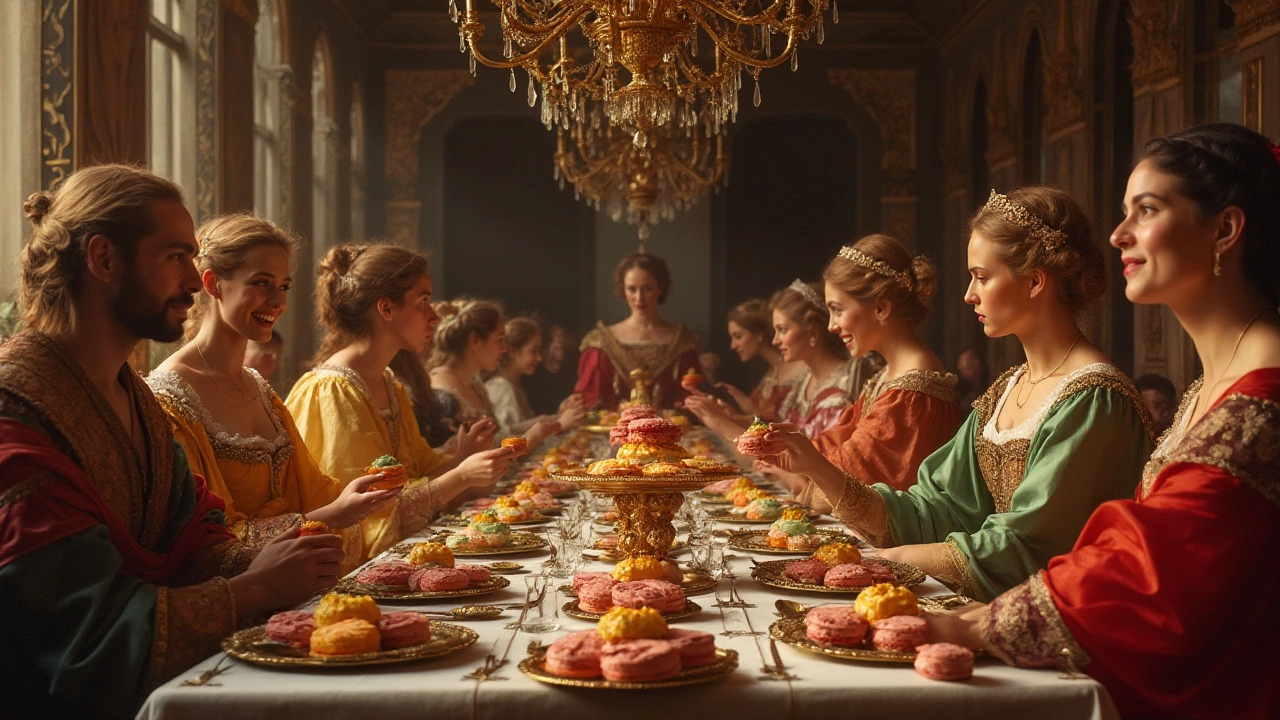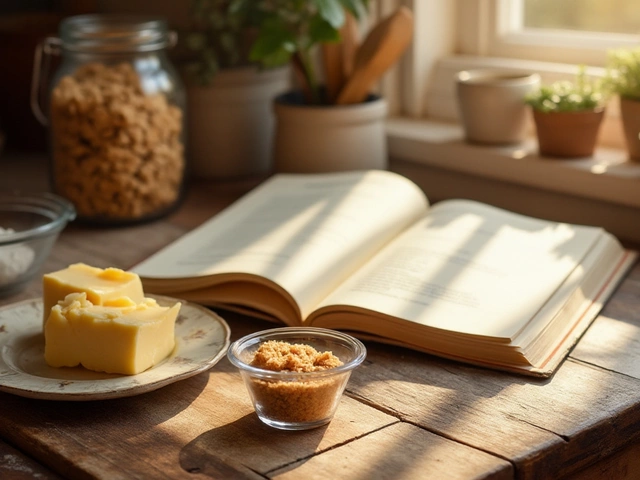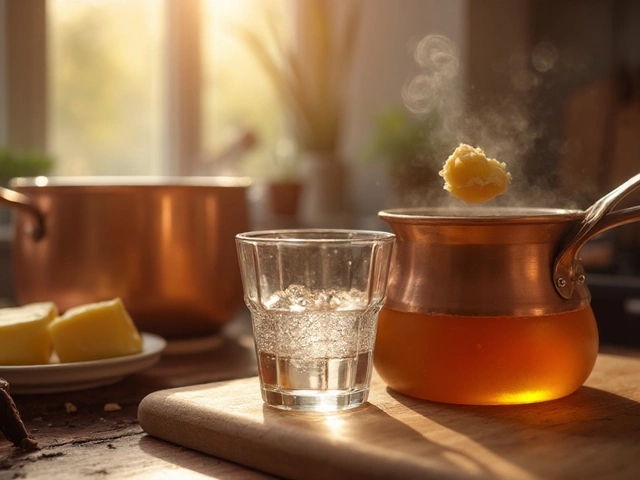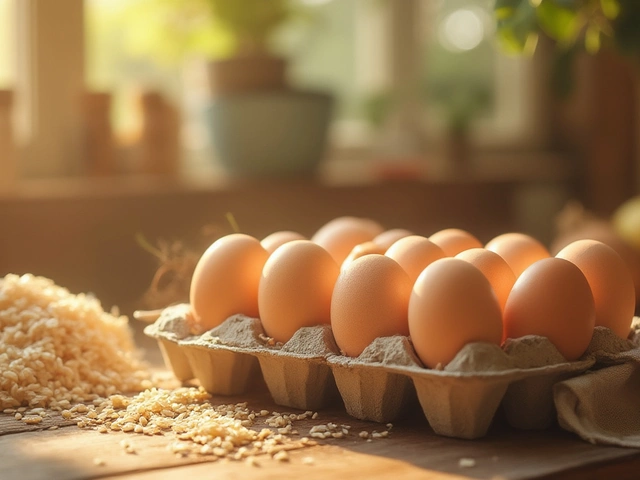Confectionery Origins: Sweet History Behind Your Favorite Desserts
Ever wonder why a certain candy tastes the way it does or where a classic cake got its name? Knowing the backstory of a treat can make it easier to bake, tweak, or just enjoy it more. Below we break down a few well‑known sweets, where they started, and what that means for your kitchen today.
Classic Italian sweets: tiramisu and cannoli
Tiramisu isn’t just a coffee‑flavored layer cake – it began as a humble dessert in the Veneto region after World War II. The name literally means “pick me up,” a nod to the espresso and cocoa that give it a lift. When you hear a recipe call for “ladyfingers,” think of the original where those biscuits were soaked quickly to keep them soft. Using a good espresso and a dusting of real cocoa will mimic the authentic flavor.
Cannoli, on the other hand, trace back to Sicily in the 9th century. Early versions were simple fried tubes filled with sweetened ricotta. The shells were originally made with a mix of flour, wine, and sometimes orange zest. When you roll your own shells, a splash of red wine or a pinch of orange zest in the dough will echo that historic taste.
Old‑school candies: fudge and caramel
Fudge started in the United States during the late 1800s as a way to use up leftover boiled sugar and butter. Its creamy texture comes from cooling the mixture just enough to hit the “soft‑ball” stage (around 235‑240 °F). Knowing this temperature helps you avoid a grainy batch. If you ever end up with a hard piece, gently re‑heat it to the right stage and stir in a little extra butter.
Caramel has roots in medieval Europe where sugar was boiled until it turned brown. The key is controlling heat – a slow melt creates a deep, buttery flavor, while a rapid boil can burn it. Adding a dash of sea salt at the end replicates the modern “salted caramel” trend that came from France in the 2000s.
Why does all this matter? When you understand where a confection came from, the little details—like a splash of wine in cannoli dough or the exact temperature for fudge—become clear. You can adapt recipes to fit what you have at home without losing the original taste.
Next time you bake, think about the story behind the recipe. It adds a fun twist and often points to the right technique or ingredient that makes the difference between good and unforgettable.

Who Invented the Macaron? Uncovering the Sweet Origins of a Classic Treat
The macaron, a staple of French patisserie, has a rich and debated history. Often associated with France, its origins might surprise you, stretching back to the shores of Italy. This article dives into the mysterious past of this delectable dessert, exploring the colorful journey of macarons from Renaissance courts to chic bakeries worldwide. Discover the unique stories and innovative twists that continue to define this beloved confection.
View More




